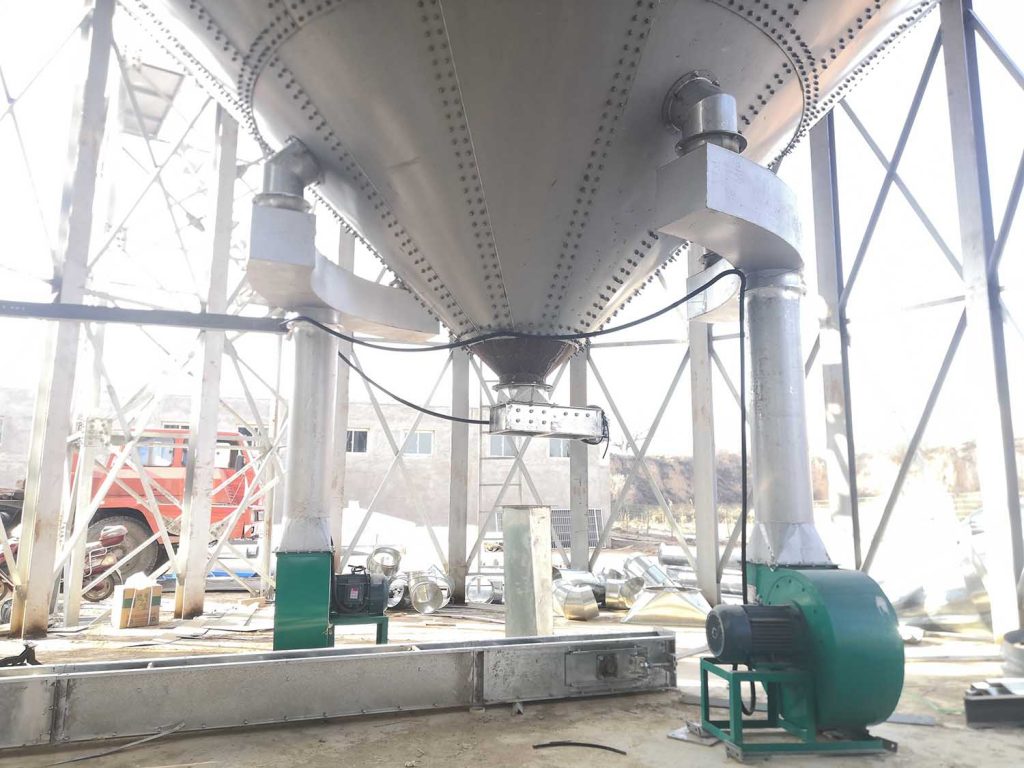Technical parameters are core elements for grain storage safety and quality. These parameters determine system performance and efficiency. They also directly affect grain preservation results.

Core Parameters of Ventilation Systems
Air Volume Parameters
Air volume is a key technical parameter. It is measured in cubic meters per hour (m³/h). This value decides airflow speed and coverage in the grain pile. Proper air volume ensures even air penetration throughout the grain. It carries away excess heat and moisture effectively.
Air Pressure Parameters
Air pressure helps the system overcome grain and duct resistance. It is measured in Pascals (Pa). This parameter affects whether air can penetrate the grain effectively. Systems must set air pressure according to the grain's resistance characteristics.
Strategies for Parameter Optimization
Fan Selection and Parameter Matching
Select fans by considering air volume, pressure, power, and operating efficiency. First, determine the required air volume range based on silo capacity and ventilation needs. Then, select suitable air pressure according to grain resistance. Also, consider energy use and operational stability. Choose high-efficiency, energy-saving fan models.
Duct Design and Parameter Optimization
Duct cross-section, length, and connections affect airflow resistance. Good duct design should minimize bends and joints. This reduces resistance to air movement. Additionally, duct material influences ventilation performance. Smooth inner walls lower friction loss during airflow.
Intelligent Control of System Parameters
Application of Sensor Technology
Modern systems increasingly use sensors to monitor key parameters in real time. Temperature and humidity sensors accurately measure changes inside the silo. Oxygen sensors monitor concentration within the grain mass. Air pressure sensors provide real-time feedback on duct pressure conditions.
Role of Intelligent Control Systems
The smart control system uses sensor data to automatically adjust operating parameters. It achieves precise ventilation control. For example, when sensors detect high temperature or excess humidity, the system increases fan air volume or adjusts pressure. This quickly reduces grain temperature or removes moisture.